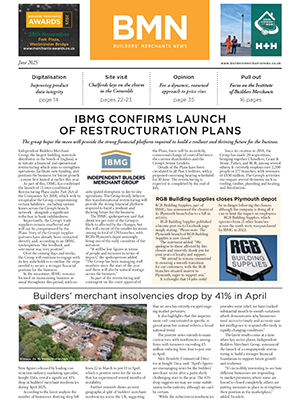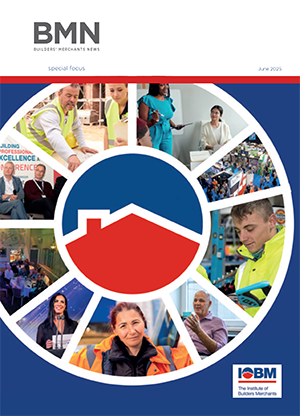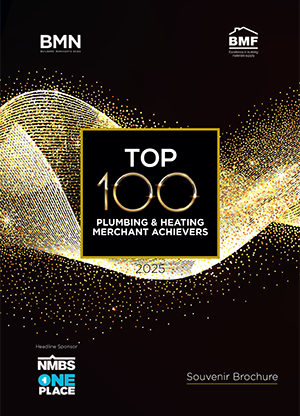UK: Dimplex has given a reserved welcome to the latest announcement on the Renewable Heat Incentive scheme, but is calling on government to fill in the gaps as a priority so that the industry can gear up for future growth.
The outline plans revealed have not fulfilled all industry hopes; there are a number of omissions representing missed opportunities, while further clarity is needed on other aspects of the scheme. Chris Davis, business development director at Dimplex Renewables, comments: “While any support for the UK renewables market is good news, this announcement falls some way short of the industry’s expectations.
“In its current form, the scheme is unlikely to provide the growth stimulus the industry needs if we are to work together to achieve the government’s target of 12 percent of heat from renewable sources by 2020. We’d like to see some of the scheme’s gaps filled in, in particular with regard to domestic tariff payments, and also we see a clear need to work with government on getting non-domestic and communal residential air source systems included under the scheme. It’s crucial to maintain the momentum from this announcement and not lose sight of the need to continue moving ahead.”
RHI tariff payments for commercial-scale installations will come into effect in July 2011, but for heat pumps in the first year at least, only ground and water source technologies are included, with air source excluded. This will affect the uptake of commercial scale and multi-dwelling air source systems, which have already proved extremely efficient in the UK, adds Chris Davis, “and in retrofit applications, the advantages of air source in terms of cost and relative ease of application seem to have been overlooked.” A host of other detailed issues, relating to product and installer eligibility for systems beyond the scope of MCS and clarity over the requirements for metering, remain unanswered.
In the domestic sector, the implementation of the RHI has now been pushed back to October 2012, with tariff rates yet to be confirmed. While a Renewable Heat Premium – a one-off payment worth around 10 percent of a typical air source installed cost – is intended to bridge the funding gap until tariff-based payments come into effect, there is doubt over whether this will provide sufficient certainty for householders to switch to renewables without the assurance of long-term support through tariff payments.
In particular, this lack of certainty on domestic tariffs is likely to limit uptake of renewable heating systems by social housing providers – a sector where the tackling of fuel poverty is most crucial. “It’s unlikely that a social housing landlord will be able to commit to an installation which would previously have been eligible for LCBP2 or CERT funding, without any guarantee of ongoing support,” comments Chris Davis.






